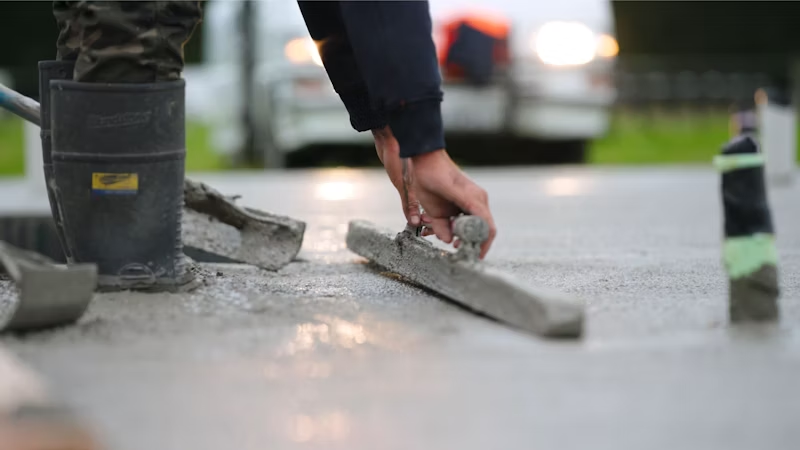Setting Time of Concrete
The practical use of concrete as a construction material depends upon the fact that it is ”plastic” in the freshly mixed state and subsequently becomes hard, with considerable strength.

The practical use of concrete as a construction material depends upon the fact that it is ”plastic” in the freshly mixed state and subsequently becomes hard, with considerable strength.


"*" indicates required fields